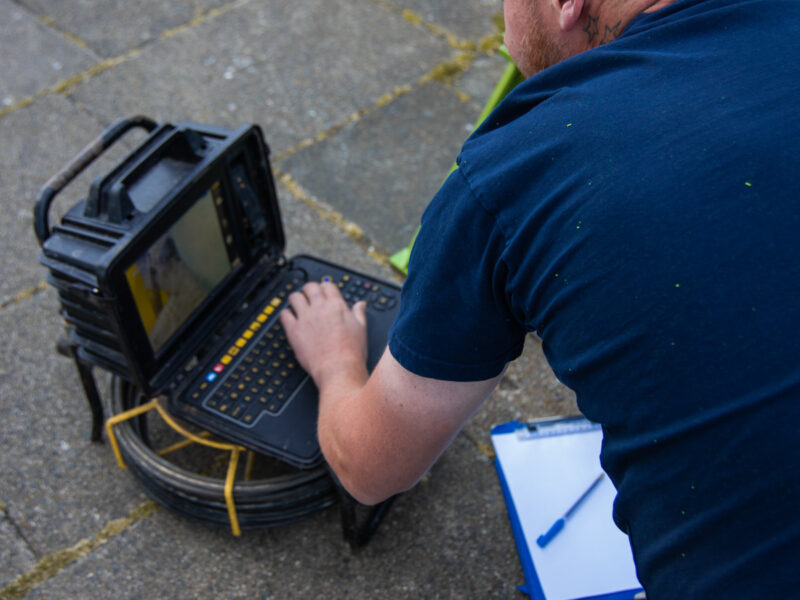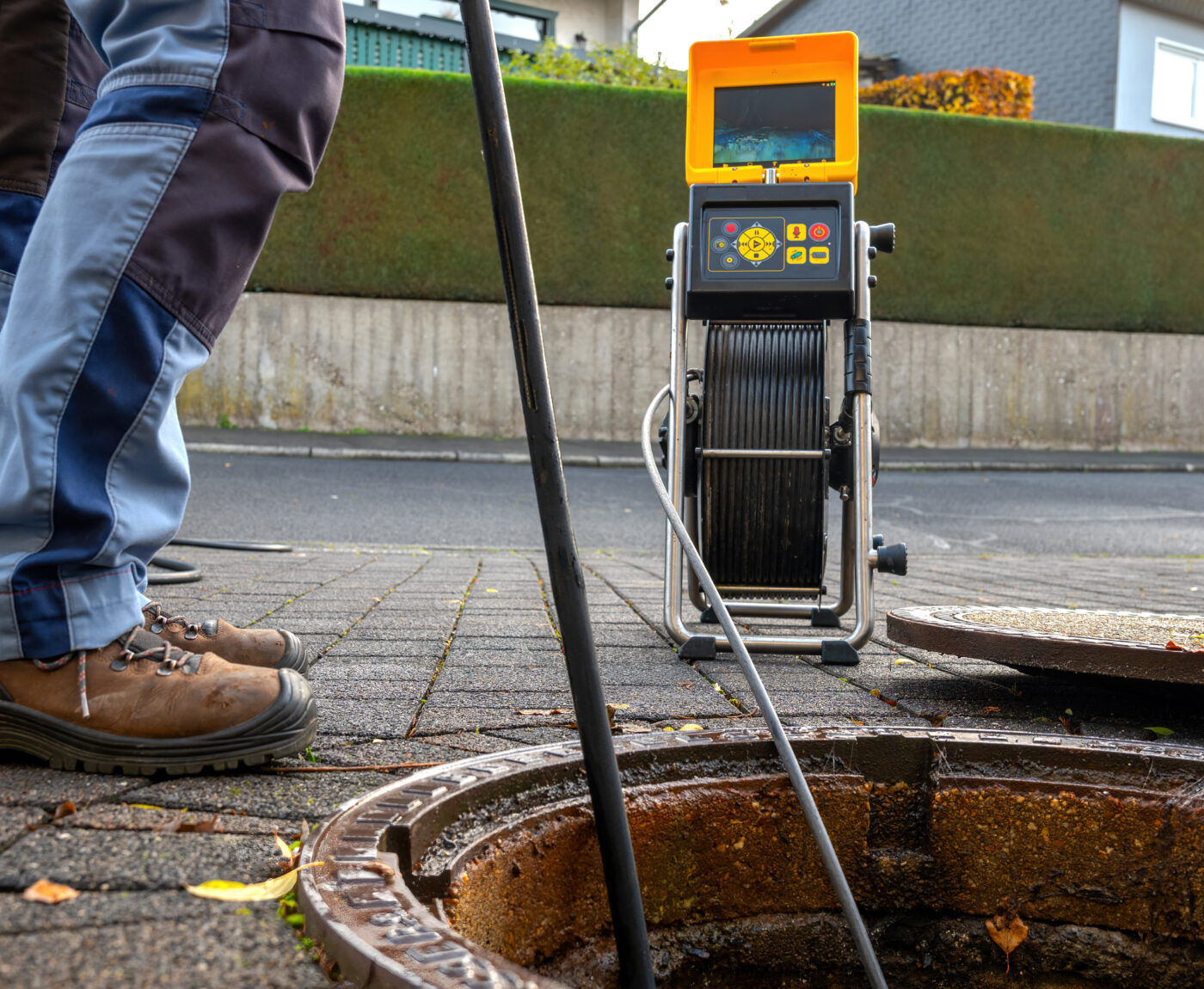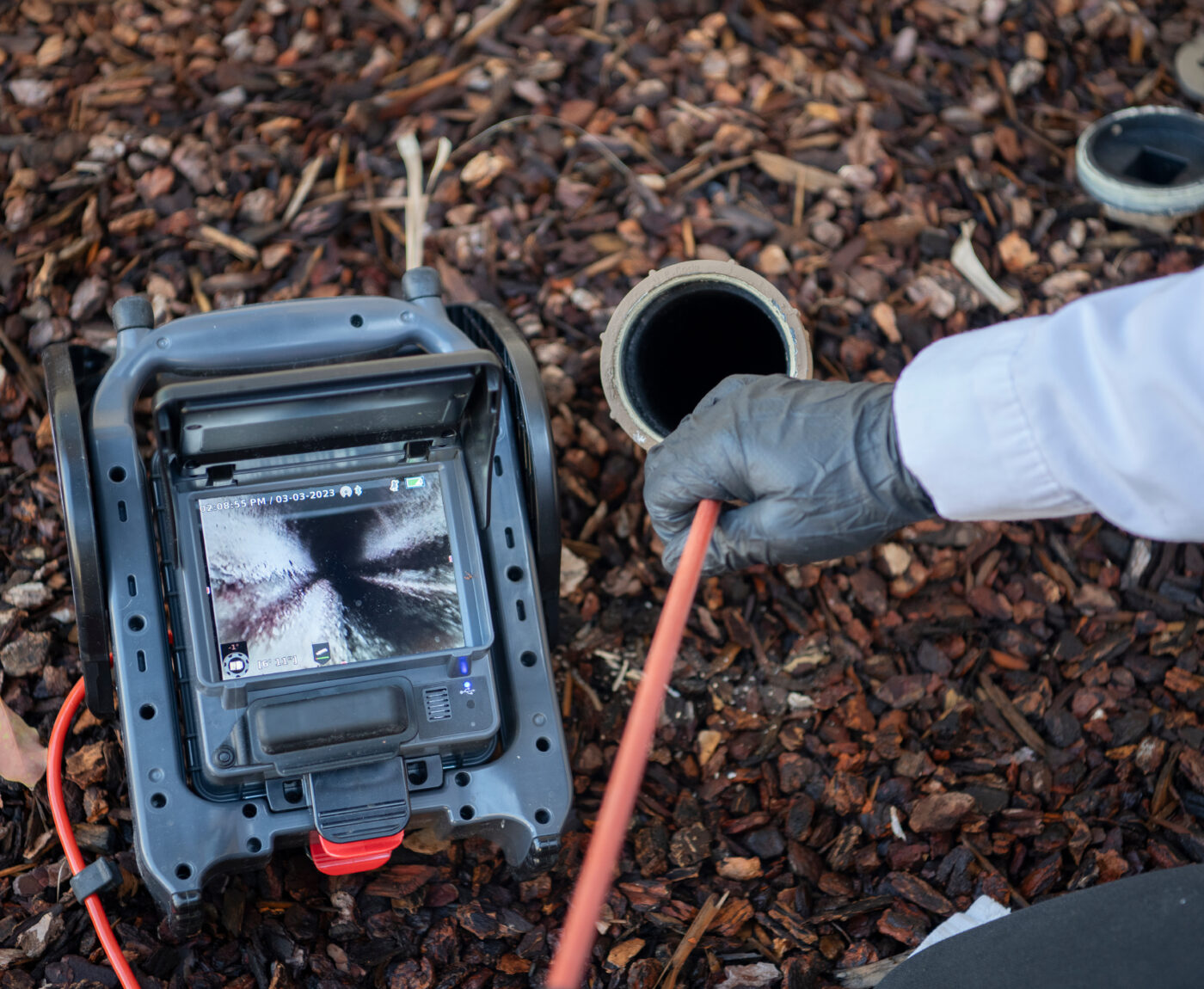Lead Pipes
Do You Have Lead Pipes in Your Home? Water mains in the UK are not…
Read more24 hr Emergency Callout

Blog
When you’re in the middle of buying a new home, it’s easy to overlook hidden issues, especially those below ground. Problems with the property’s drainage system often go unnoticed until serious damage occurs. That’s why experts recommend a house purchase survey, and more specifically, a CCTV drain survey, to uncover any drainage issues before you sign on the dotted line.
At Coastal Drains, we believe homeowners should be fully informed about the condition of their drainage systems when buying a new property. This guide explains why a drain survey is just as crucial as a traditional building inspection and how it could save you thousands in future repair costs.
A house purchase survey is a formal inspection of a property’s condition, typically conducted after your offer has been accepted. The findings are presented in a report, which highlights any defects or structural concerns. But one area often overlooked is the drainage system – this is where a CCTV drainage survey can provide vital insights.
While it may seem like another expense, a CCTV drain survey offers long-term value and peace of mind. For example:
With a drain inspection, you can negotiate with the seller if issues are uncovered, or budget accordingly before moving in.
A CCTV drain survey uses high-definition cameras to inspect your property’s drainage network. These surveys provide:
At Coastal Drains, we offer comprehensive drain inspections tailored for homebuyers, including mapped plans and maintenance recommendations.

If you’re buying a house in most parts of the UK, it’ll be up to you to request and arrange a survey of any kind on your new property. What you’ll need to decide is which type is going to be best in your individual circumstances. However, this changes if you are buying a house in Scotland. If this is the case, it’s up to the person selling the property to arrange a Home Report (which is similar to a homebuyer’s report), so that this can be presented to the buyer before the sale goes ahead.
A Home Report offers the new owner a range of details about the condition of the property they’re buying, including information on its drainage system, roof, internal and external walls and accessibility, as well as a valuation, environmental report and property questionnaire.
In the UK, there are several different options for house surveys when you’re looking at buying a property. These are split over three levels, with each type offering different levels of service. You can choose any of the types available for your new home, but there is a chance you may be limited in your choice, depending on your budget.
The types of house purchase surveys you’ll have to choose between include:
Condition Reports (Survey Level One)
A condition report is the most basic of the survey options, as well as the most friendly for any budget. It doesn’t offer an extensive amount of detail. Instead, it will:
It must be noted that condition reports do not offer any advice on repairs or provide a buyer with a valuation of the property.
Homebuyers Reports (Survey Level Two)
According to the Royal Institution of Chartered Surveyors (RICS), homebuyer reports are the most popular of the survey options available in the UK. This type of survey is also split into two, depending on whether you’d like the survey carried out with a valuation or without.
A “survey only” version will include information on any obvious major problems, such as rot or subsidence. However, the surveyor will also be non-intrusive, so they won’t look behind furniture, drill any holes or lift floorboards to see the extent of damage. Alternatively, a “survey and valuation” option will offer you everything already stated, with the addition of a valuation and an insurance reinstatement value (this is how much you would receive if you were to lose the property in a fire).
Home Condition Surveys
These surveys are offered by the Residential Property Surveyors Association (RPSA), rather than RICS, and are carried out by specialists who present the information in a consumer-friendly format. All the reports offered by the RPSA are checked to ensure consistency and quality, while including notes on:
Building or Structural Surveys (Survey Level Three)
Known in the past as “structural” surveys but more commonly called “building” surveys in the modern day, this type of survey is a more in-depth option for those with a higher budget. How much they will cost depends on the size of the property, but you can expect the end report to provide you with extensive detail on:
The surveyor will carry out a thorough inspection, including going into the attic, checking behind walls, looking under floors and above ceilings.
The report for a building or structural survey will most likely not include a market valuation or an insurance reinstatement estimate.
Mortgage Valuations
Mortgage valuations are not the same as surveys, though property owners will often mistake them for the same thing. These do not offer you any notes or advice on structural damage or points in your property that need repairing. Instead, having this work done will demonstrate to your mortgage lender that the property you’re buying is worth the amount they’re lending out. On occasion, lenders will include a free survey with your mortgage offer.
Snagging Surveys
If you’re moving into a new build, you may wish to have a snagging survey carried out instead. This type of survey will identify any defects, faults or other problems with the work before you move in. These can then be fixed, so that your new home is exactly as you imagined it when you started the purchasing process.
Environmental Surveys
An additional survey you may wish to have carried out is an environmental search report. These reports highlight environmental risks which could affect your new property or the surrounding area, including:

Qualified drainage engineers, such as our team at Coastal Drains, perform CCTV inspections using advanced equipment. Unlike general surveyors, we focus solely on drainage, ensuring no hidden faults go unnoticed.
We serve properties across Sussex and the South Coast, providing rapid callouts and detailed reporting for homeowners and property professionals.
If you’re in the middle of purchasing a property on the South Coast, have recently moved in, or even if you’re already firmly established where you are but haven’t yet taken steps to look at your drains, you may wish to consider getting a drain survey from us. At Coastal Drains, we are fully prepared to inspect and survey your system as needed, mapping out every part for your plans and finding any faults that may be present before they become a larger, more expensive issue. We’ll even be able to remove any blockages or repair damage such as cracks or wear and tear for you!
Our offices are open 24 hours a day, 7 days a week, so give us a call or send us an email whenever you’d like to book your property in for the work that is designed to give you full peace of mind. We can be there at a time which suits you best, keeping our work quick and efficient so that your day is kept to as regular a schedule as possible, with minimal interruption. We’ll then leave you to enjoy your new home, with its drains in the working order you deserve.
Can I use a CCTV drain survey for my mortgage or insurance?
Yes, many mortgage lenders and insurance providers now request or recommend a home buyer’s drain survey, especially with older properties or those with known drainage issues.
How long does a drain survey take?
Most CCTV drain surveys take a few hours, but it all depends on the complexity of the system.
Is a CCTV drain survey suitable for new builds?
Yes, and it’s highly recommended. Even new builds can suffer from poor installation, misaligned pipes, or debris left in the system.
Does Land Registry show drainage?
Some drainage rights may appear on title plans, but the Land Registry doesn’t supply detailed maps showing drains and sewers. For specific drainage information, it’s best to refer to local authority searches, water and drainage reports, or get in touch with your local water company directly.
Who owns the drains on my property?
As a general rule, you’re responsible for any drains on your property boundary that serve your home. This usually includes gullies, gutters, and private drainage pipes.